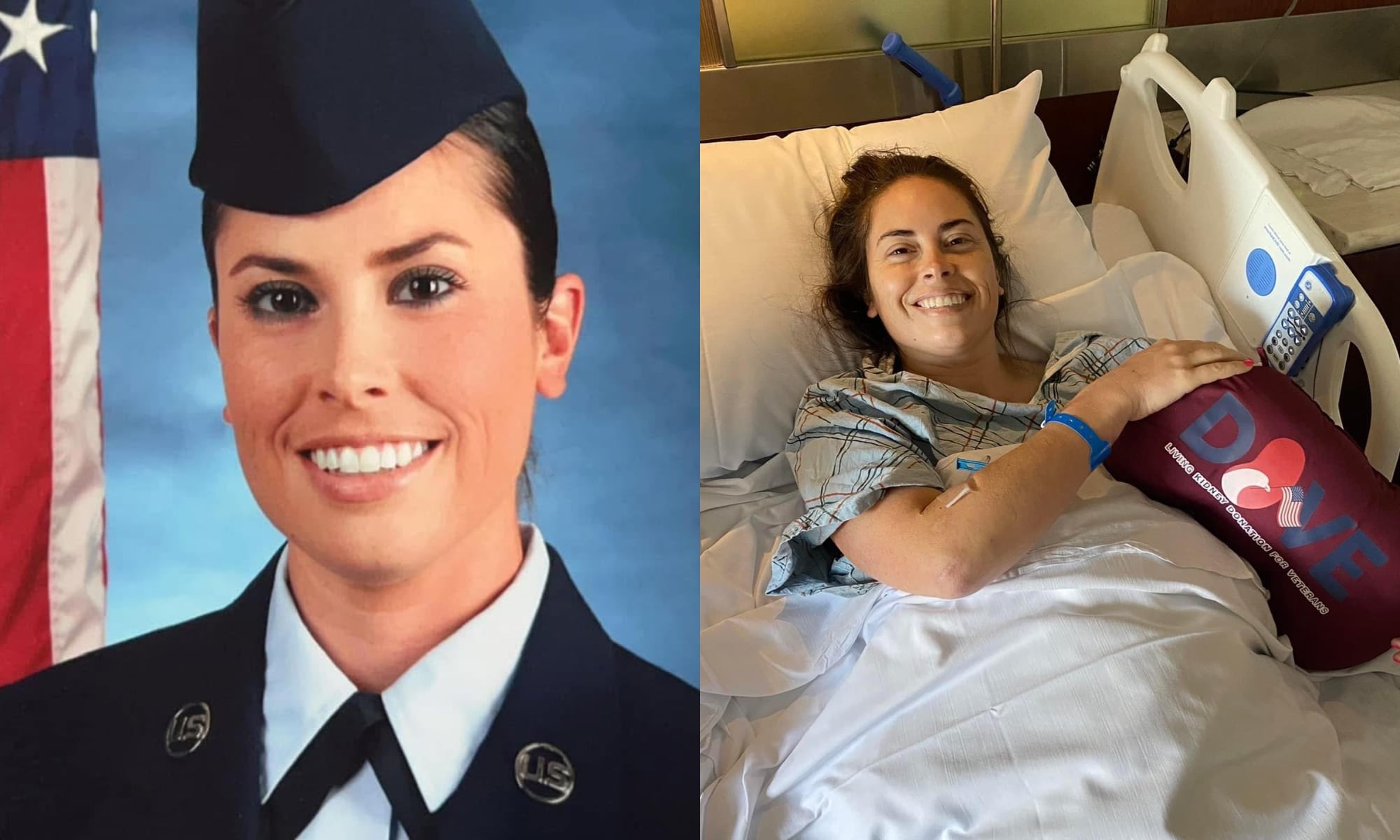When I was 13, my dad took us on a Tiger Cruise that included rides to and from the cruise via various landing crafts — LCU and LCM — and a steel beach picnic that left me suffering one of the worst sunburns of my entire life.
While on board, we learned all manner of things about the living quarters, flight deck and mess deck. What I was too scared to ask, however, was what happens when a seaman goes overboard.
A petty officer who picnicked with us that day, and with whom my dad had worked alongside while serving as an air boss, told me that he was knocked into the ocean from the carrier deck once by the wash from a helicopter on a particularly windy day. But what he failed to mention was how he made it back onto the ship.
Naturally, I was terrified and gave the sides of the ship an extremely wide berth for the rest of the cruise. As it turns out, however, the answer is pretty simple.
In the event a sailor falls off of a ship, there are three rescue procedures to prevent a trip to Davy Jones’ locker, according to Senior Chief Petty Officer James Shannon, who answered that very query in a lengthy Quora post.
@zday007 What they do wrong? #military #navy #marine #army #airforce #coastguard
♬ Spongebob - Dante9k
In all, there’s the Williamson Turn, boat recovery, and helicopter recovery. Each has its own merit, depending on the type of ship and the circumstances of the stranded sailor.
Not traditionally used on aircraft carries, the Williamson Turn can be employed with smaller vessels in the event that shipboard rescue is preferred, Shannon notes.
“The primary piece of gear is the SAR (Search and Rescue) J-Bar Davit,” he wrote. “This is simply a Steel tube bent into an upside down J. It can be swung over the side and with its attached ‘Rescue Strop’ it can lower a SAR Swimmer to the water and pull a victim out of the water.”
In the interest of time, however, Shannon notes that a small boat recovery is most likely.
Simply put, “most ships will prefer this method, with the exception of the carrier with helicopters airborne and on station,” he wrote.
Shannon notes that helicopter rescues are risky and typically used only when a sailor ends up in the water off the deck of an aircraft carrier. And boat rescue, he said, is readied as a backup in majority of these instances.
“Helos hovering low to the water are at risk themselves,” he wrote. “Hence the rescuers may need to be rescued, and it happens. Helo recovery, if ready and available, is the preferred method. On smaller ships it’s simply not an option most times.”
Regardless, if a sailor goes overboard, keeping afloat long enough for one of these three rescue attempts to succeed is paramount.
If there are sharks, well, that’s another issue entirely. In that case, you’ll probably want Chief Brody armed with a shotgun ... and a bigger boat.
Sarah Sicard is a Senior Editor with Military Times. She previously served as the Digitial Editor of Military Times and the Army Times Editor. Other work can be found at National Defense Magazine, Task & Purpose, and Defense News.
Tags:
man overboardfall off a navy shipfall off an aircraft carriernavy shipnavy carrierwhat happens when a sailor falls off a shipIn Other News















